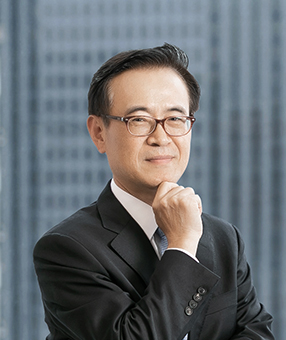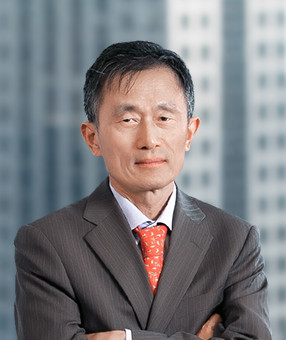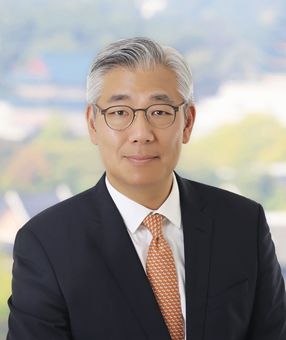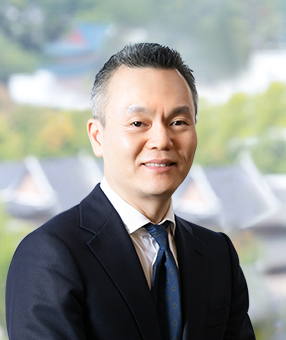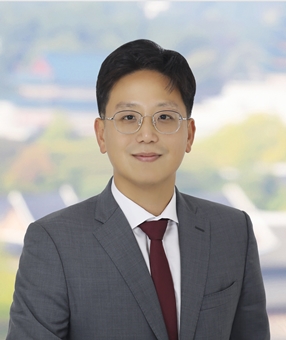Since his presidential campaign, President Lee Jae-myung has emphasized the need for compliance with labor and safety standards in the workplace, advocating for an increase in the number of labor inspectors and relabeling them as “labor police.” As the implementation plans under the new administration are now taking shape, we outline below the key developments and discuss the expected trends regarding labor inspections.
|
1.
|
Key Stance on Labor Inspections
The new administration is discussing the following key initiatives: (i) increasing the number of labor inspectors from the current headcount of 3,000 to 10,000 by 2028; (ii) granting special judicial police authority for labor-related matters to local government officials; and (iii) changing the official title of labor inspectors to “labor police.” These initiatives all point toward strengthening the enforcement authority of labor inspections, and it is likely the new administration will actively use labor inspections to ensure the successful implementation of its labor policies.
In this regard, President Lee has directly instructed the Ministry of Employment and Labor (“MOEL”) to expand the labor inspector workforce. Minister of Employment and Labor Kim Young-hoon stated, “Labor inspections are paramount to providing robust protection for the vulnerable in a segmented labor market,” while Vice Minister of Employment and Labor Kwon Chang-joon remarked, “We will reform the labor inspection system to resolve issues in the workplace,” underscoring the administration’s strong commitment to reinforcing labor inspections.
|
|
2.
|
Expected Trends in Labor Inspections
Labor inspections in the first half of 2025 proceeded as planned in accordance with the annual workplace labor inspection plan. However, a shift is expected in the second half of 2025, with inspections expected to be conducted in a way that aligns more closely with the new administration’s labor policies. Accordingly, we anticipate an increase in targeted inspections related to the government’s key policy areas throughout the latter half of the year.
A key driver of this shift is the MOEL’s recent launch of an anonymous reporting center for labor rights violations. The center primarily focuses on issues such as unpaid wages, misuse of the comprehensive wage system, unreasonable discrimination against non-regular workers, and violations of work-family balance assistance regulations, including parental leave. The MOEL plans to use the reports gathered from this center as a basis for conducting intensive targeted inspections throughout the second half of the year.
Moreover, the new administration has repeatedly stated its position to prohibit the misclassification of de facto employees as non-employees. Accordingly, it is possible that targeted inspections will be conducted throughout the second half of 2025, focusing on workplaces that engage a large number of contingent workers, such as freelancers.
Regarding the methods of inspection, President Lee recently commented on industrial safety accidents, stating, “We must be able to conduct unannounced inspections of high-risk workplaces.” This suggests the possibility of “surprise inspections” being conducted in a manner different from past practices.
|
Finally, with the proposed increase in the number of labor inspectors, inspections are likely to become more frequent and intensified. Therefore, it is crucial for businesses to closely monitor these developments and respond accordingly as well as undertake internal labor and employment audits at this time to minimize the risk of being found non-compliant.
[Korean Version]





